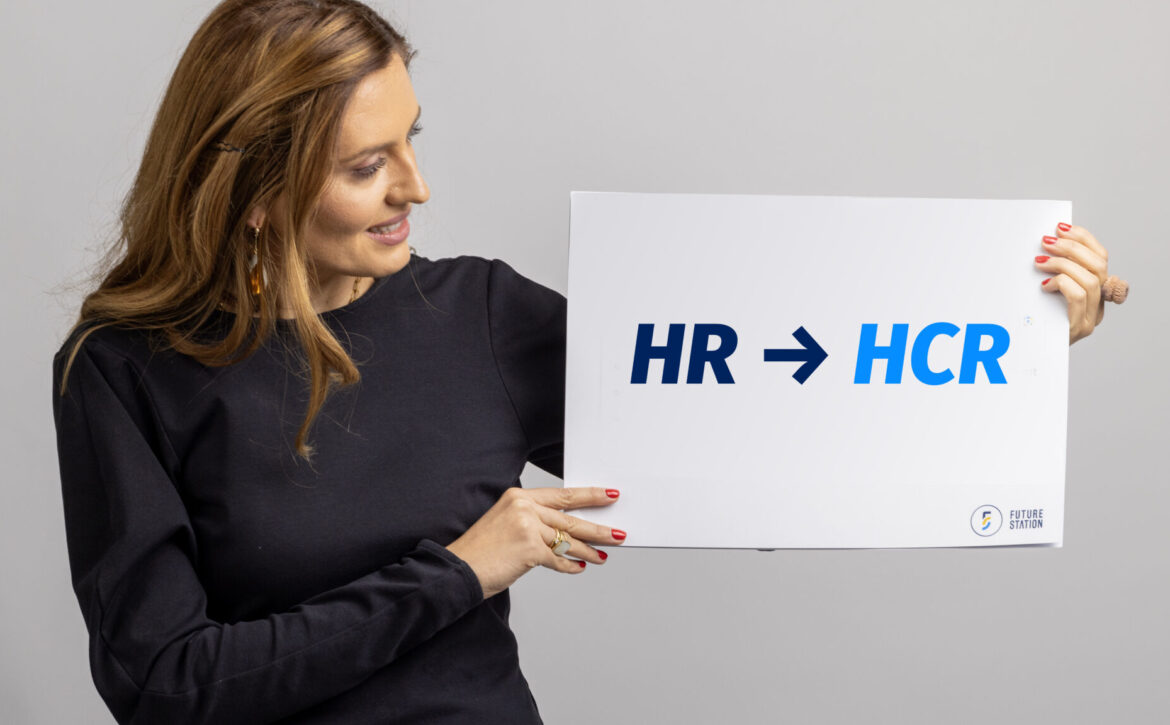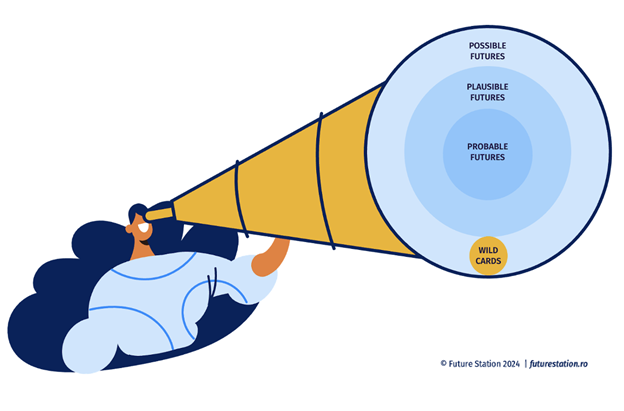On the Cover of Forbes Woman Romania – “Memories from the Future”
I’m writing these lines with a warm coffee in my hand, looking out at a not-so-beautiful November sky, still carrying with me the emotions of yesterday. It was one of those days that feel different – not loud or spectacular on the outside, but intense, grounding and quietly powerful on the inside.
Yesterday, the November edition of Forbes Woman Romania was released. Its theme is “Amintiri din viitor” – Memories from the Future – and on the cover of this issue is… me, Diana Stafie. Even now, putting that into words feels a little surreal.
A true “I see you” moment
There’s a moment in Avatar when the characters say, “I see you.” Not just I notice that you exist, but I really see who you are. That’s the closest description I have for what I felt when Raluca Michailov from Forbes Romania invited me to be on the cover.
It was completely unexpected. We had already worked beautifully together in the past (kudos to Andreea Brindau for that collaboration), but I genuinely did not see this coming. Maybe that’s precisely why it went straight to the heart – that feeling that your work, the way you see the world, the way you build, is not just politely acknowledged, but truly seen.
For someone working in a field that often lives in possibilities, signals and long-term horizons, this kind of recognition feels profound. It’s as if someone pressed pause for a moment and said:
“We see what you’re doing. We see how you’re doing it. And we believe it matters – for the future.”
Making a profession out of the future
In their announcement of the issue, Forbes Woman Romania wrote something that resonated deeply with me:
“In a world where uncertainty is the new constant, Diana Stafie makes a profession out of the future.”
My work is in Strategic Foresight. I am the founder of Future Station, a board member in international organisations, and one of the foresight practitioners active in Central and Eastern Europe. I help companies and leaders understand, anticipate and shape the future – not just react to it.
I believe the future is not fixed, but explorable and shapeable. Organisations can be trained for uncertainty: they can learn to scan for weak signals, explore multiple scenarios, rehearse possible futures and make more intentional choices in the present.
I often say that “the future is not written” and that imagination is a strategic resource. To some, that might sound poetic. To me, it’s very practical: the futures we are able to imagine influence the strategies we consider possible, the decisions we take, and the worlds we end up building.
From forecast to foresight, the discipline I practice is complex enough that even today, I still struggle to explain it simply to my mother. My eldest daughter, Olivia, has probably found the best description so far:
“My mom looks for clues of the future.”
Behind the scenes of the cover
The shooting day for the cover was pure joy. A day of pampering, play and creativity, under the magic of a truly wonderful team: the amazing Lucia Faur and the three Ms – Marius Michailov, Matei Buta and Marcel Pomian.
There is something special about being surrounded by professionals who not only master their craft, but also create an atmosphere where you feel at ease. Usually, my role is to hold space for others – for organisations, teams and leaders exploring uncertainty, questioning assumptions, imagining what could be next. This time, I was the one being held in a carefully designed space, invited simply to show up, be guided and trust the process.
The result is the cover of the November issue of Forbes Woman Romania. Behind that single image lie years of work: experiments, doubts, curiosity, late-night reading and thinking, courageous clients, meaningful conversations, moments of “Is this too weird?” followed by “No, this is exactly the kind of weird we need right now.”
A field that’s not always easy to explain
Inside the magazine, you’ll find an interview about my path and about what it means to build a practice in a field that doesn’t always fit into a quick label.
Strategic foresight is not the easiest thing to summarise at a dinner party. It lives somewhere between strategy, social sciences, imagination and design. It works with uncertainty, with questions rather than quick answers, with “what if?” and “then what?”
And yet, if you ask me, this work is more necessary than ever. We are living in times of complexity and rapid change. To pause and look ahead, to explore different futures, to challenge our assumptions and rehearse our responses – all of this becomes a form of care. Care for our organisations, for our communities, for our societies and for the generations that will come after us.
Having this conversation hosted in the pages of Forbes Woman Romania feels like a beautiful alignment. As they nicely put it, it’s an interview that might just “make history in the future. Or rather, in futures,” as I like to say.
Where to find the issue
The November issue of Forbes Woman Romania – “Amintiri din viitor” is now available in Inmedio stores and at other press distribution points.
If you decide to pick it up and it somehow finds its way into your coffee ritual, commute or quiet evening, I’d be delighted if you sent me a picture with the magazine. 🤪
Thank you
I am deeply grateful to the entire Forbes Woman Romania team for this invitation and for the care with which they shaped both the cover and the story inside. And I am equally grateful to everyone who has supported me along the way – clients, collaborators, mentors, friends, family.
Please believe me when I say: I won’t forget it. ❤️
You can also discover the launch of the fifth issue of Forbes Woman Romania as part of the second edition of Forbes Woman – The Good Life Forum: A Festival of Wellbeing.
Learn More











